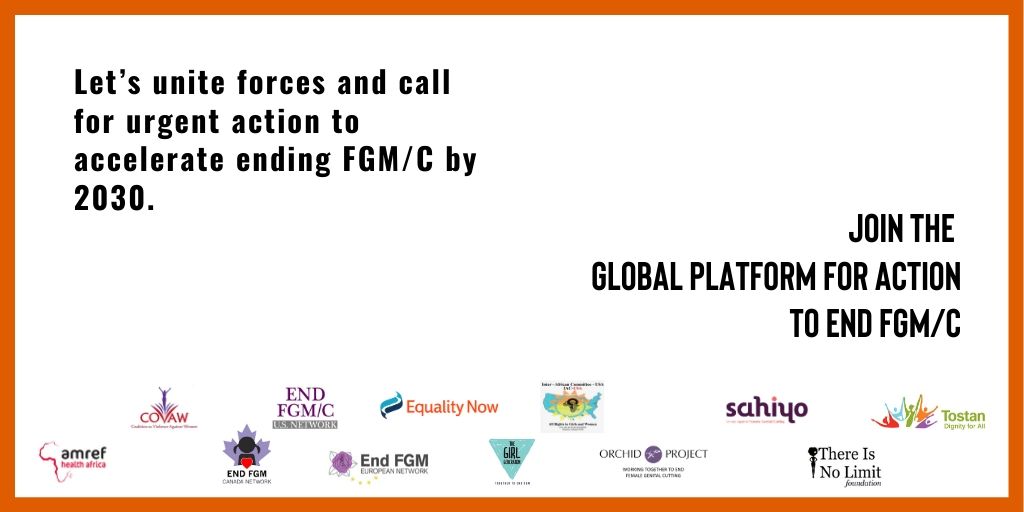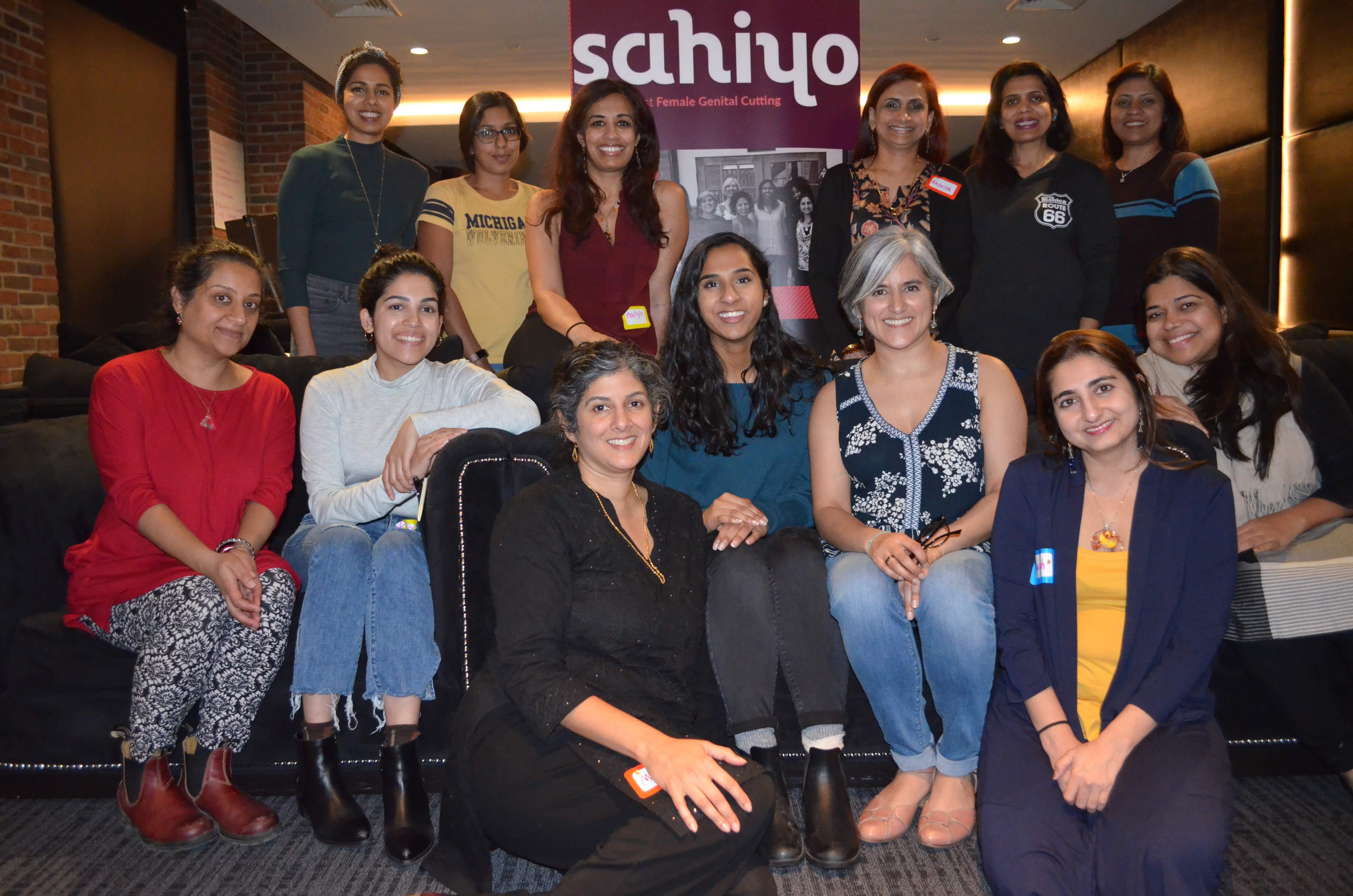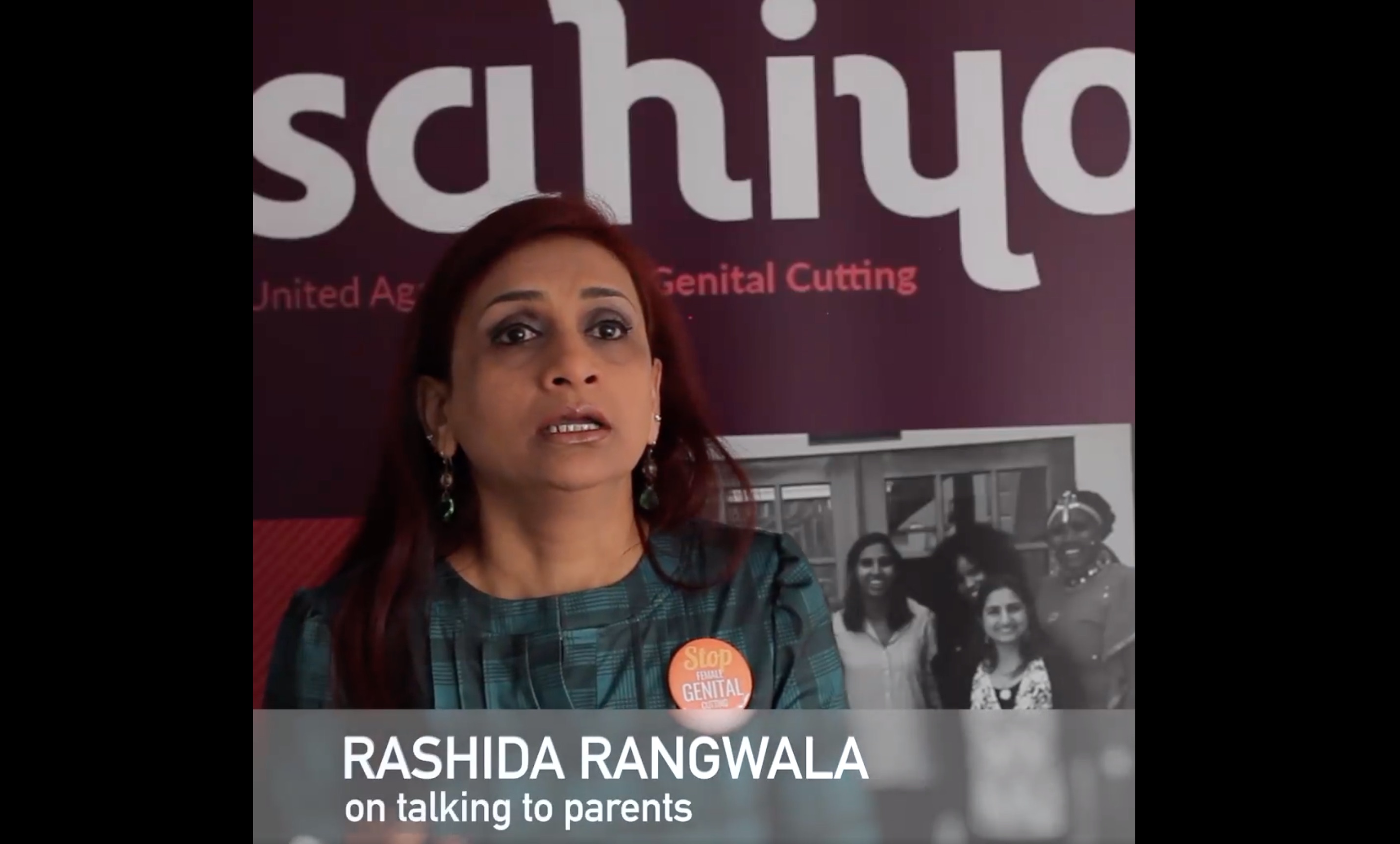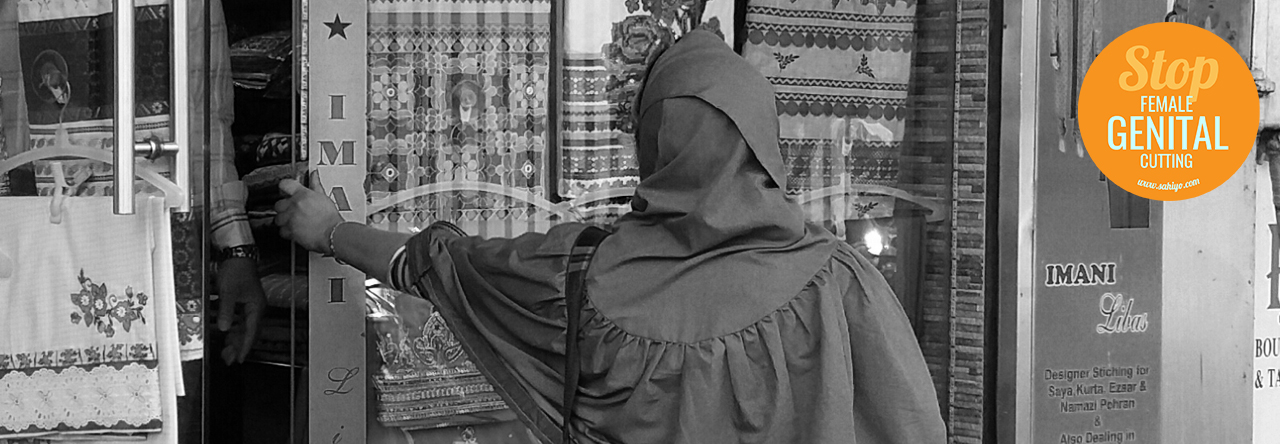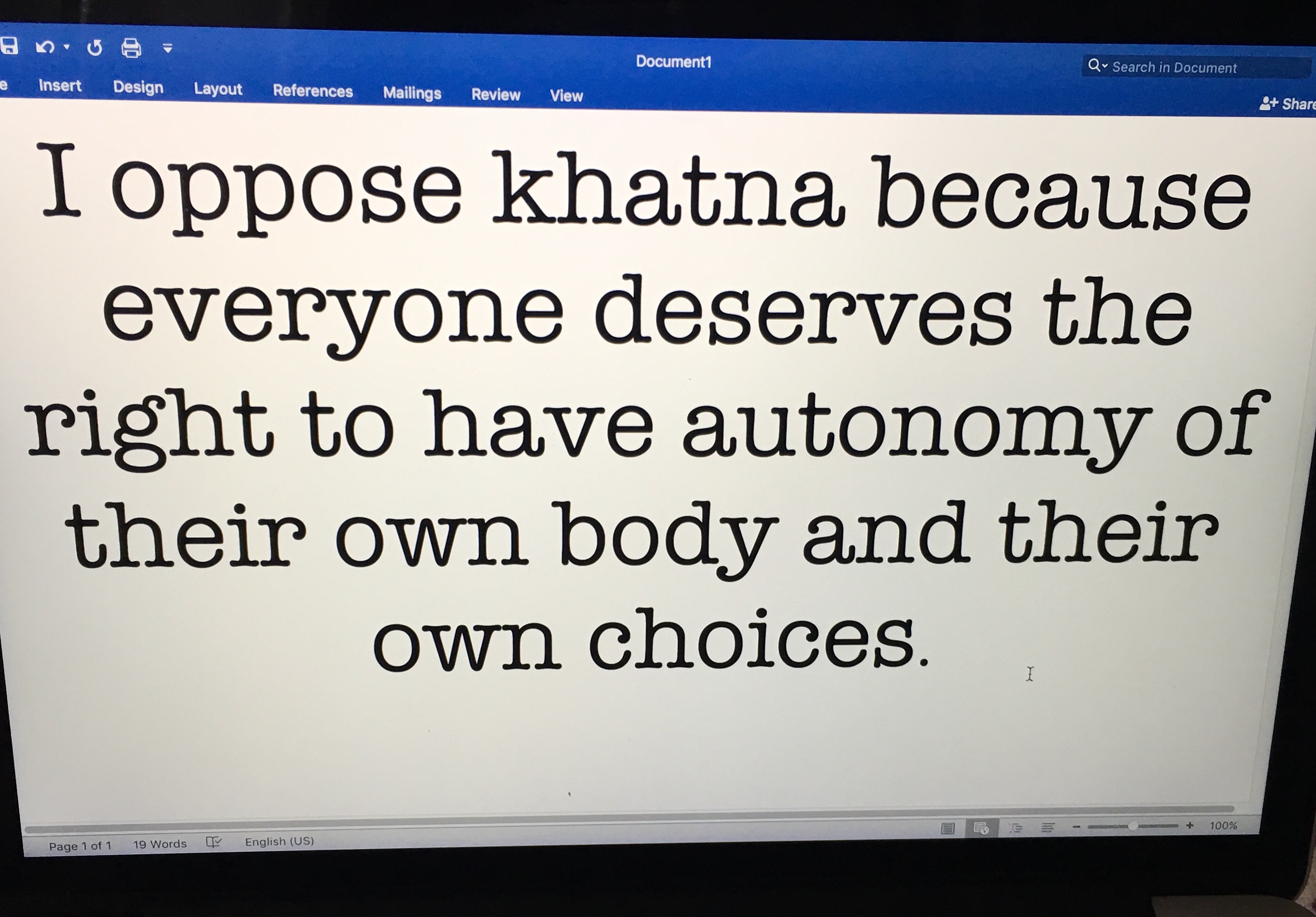On November 14, after a year of silence on the female genital mutilation/ cutting (FGM/C) case pending before it, the Supreme Court of India mentioned that the case will be referred to a seven-judge Constitution bench. It is likely that the case will now be heard in conjunction with three other petitions dealing with women’s rights and freedom of religion: cases about Hindu women’s entry into the Sabarimala temple, Muslim women’s entry into mosques, and the entry of Parsi women married to non-Parsis into fire temples.
Previously, in its September 2018 order, the Court had referred the FGC case to a five-judge Constitution bench. Since then, the case had been pending.
On November 14, however, the Supreme Court brought up the FGC case while hearing a batch of review petitions in the case about Kerala’s Sabarimala temple, where women of menstruating age were traditionally not allowed to enter. The review petitions challenged the Court’s 2018 order which lifted the ban on women’s entry into the temple.
In its November 14 judgement, a five-judge Supreme Court ruled that the debate on women’s entry into the temple overlapped with other cases about gender and religious rights that are pending before the Court, including women’s entry into mosques and fire temples and female genital mutilation/cutting among Dawoodi Bohras. It stated that a larger bench first needs to rule on the interpretation of the very principles governing the fundamental right to freedom of religion in the Constitution, before passing judgement on all of those cases from different communities.
The implications of clubbing these various cases under one umbrella are yet to be seen, but the Court’s judgement does raise some concerns.
Although these cases share the common theme of women’s rights within religion, the cultural ritual of cutting minor girls’ genitals is very different in substance from the rules restricting women’s entry into places of worship. It would be ideal if each of these issues are evaluated separately, on a case-by-case basis.
Sahiyo believes that the matter of FGC needs to be treated with a little more urgency. Fourteen months have already passed since the Supreme Court first referred the FGC case to a Constitution bench last year. That bench was never formed, and now the Court’s decision to first adjudicate on larger questions of law is likely to stall hearings that may have been scheduled in the FGC case.
Since the practice of FGC involves causing bodily harm to young girls, every delay puts more girls at risk of being cut.
A quick recap of the FGC case
In April 2017, Delhi-based lawyer Sunita Tiwari filed a Public Interest Litigation (PIL) in the Supreme Court seeking a ban on the practice of female genital cutting (also known as khatna, khafz, sunnath or female circumcision) in India. FGC is practiced among the Dawoodi Bohras and other Bohra sects in India, as well as among certain Sunni Muslims in the state of Kerala. Tiwari’s PIL, however, refers only to FGC among the Dawoodi Bohras.
After Tiwari’s PIL was admitted in the Court, other intervention petitions were also filed in the case, some supporting a ban on the ancient practice, and one party (the Dawoodi Bohra Women’s Association for Religious Freedom) defending FGC on the grounds that it is an essential religious practice for the Bohras. The Dawoodi Bohra Women’s Association demanded that the matter of FGC be heard by a Constitution bench since it was about the Constitutional right to religious freedom.
The case was heard by a three-judge bench which observed during a hearing in July 2018, that the “bodily integrity of women” cannot be violated. However, in September 2018, the bench referred the case to a five-judge Constitution bench. This meant that the practice of cutting a girl’s genitals — which the United Nations classifies as a human rights violation — would now be scrutinised through the lens of religious freedom.
In light of the latest Supreme Court judgement, this will continue to be the case, except that now a larger, seven-judge bench will first examine the interpretation of Articles 25 and 26 of the Constitution pertaining to the right to religious freedom, before adjudicating on matters of FGC and women’s entry into places of worship.
What the Court said: Majority and Minority judgements
The Supreme Court’s judgement on November 14 was not unanimous. Three of the five judges on the bench delivered the majority judgement, in favour of referring the Sabarimala, FGC and other cases to a seven-judge Constitution bench. This 9-page majority judgement was authored by Chief Justice Ranjan Gogoi.
The other two judges (Justices Nariman and Chandrachud) authored an elaborate 68-page dissent, insisting that there was no merit to the review petitions in the Sabarimala case and that the other cases of FGC, mosque entry or fire temple entry should not be clubbed together with the Sabarimala issue.
The majority judgement stated the following:
“The issues arising in the pending cases regarding entry of Muslim Women in Durgah/Mosque;…of Parsi Women married to a non-Parsi in the Agyari;…and including the practice of female genital mutilation in Dawoodi Bohra community…may be overlapping and covered by the judgment under review. The prospect of the issues arising in those cases being referred to larger bench cannot be ruled out…The decision of a larger bench would put at rest recurring issues touching upon the rights flowing from Articles 25 and 26 of the Constitution of India.”
The majority judgement specified that the larger bench would essentially have to answer seven questions about the principles of Articles 25 and 26. These questions include these four points:
- What is the interplay between Constitutional freedom of religion and other rights granted in the Constitution, particularly the right to equality and prohibition of discrimination on the grounds of religion, sex, race, caste, etc?
- What exactly does “constitutional morality” mean?
- To what extent can the Court determine whether a practice is essential to a religion or a religious denomination?
- To what extent can the Court give judicial recognition to Public Interest Litigations questioning religious practices if the PIL has been filed by someone who does not belong to the religious denomination in question?
(The original PIL in the FGC case in India was filed by Sunita Tiwari, who does not belong to an FGC-practicing community.)
In their dissenting minority judgement, however, Justices Nariman and Chandrachud pointed out that the meaning of “constitutional morality” has already been defined by the Court in several other Constitution bench judgements, and that it is “nothing but the values inculcated by the Constitution, which are contained in the Preamble read with various other parts, in particular, Parts III [fundamental rights] and IV [fundamental duties] thereof.”
This means that the fundamental right to equality is a part of constitutional morality, and as per Article 25 and 26, freedom of religion is subject to this morality.
The minority judgement also argued that the review petitions they were addressing specifically dealt with the question of Hindu women’s entry into Sabarimala, and that the cases pertaining to other religions or religious sects should be examined on a case-by-case basis, instead of clubbing them together.




